Travelling solo as a woman to Colombia – let me guide you to a country still suffering from the stigma of being a dangerous place torn between drug barons and guerillas. But actually, it is a beautiful and interesting place – with wonderful, honest people.
On just one visit, it became one of my favorite countries on earth. Wanna see for yourself? Then here is my complete guide
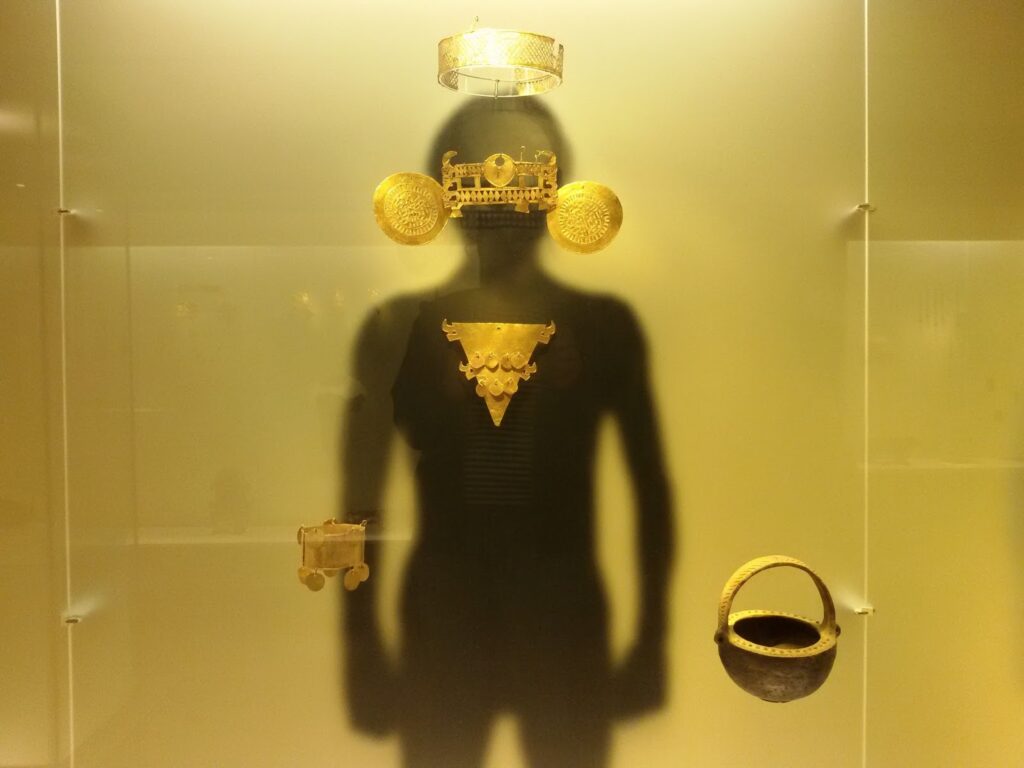
My First Encounter with Colombia
Almost three decades ago, I worked in Public Relations. One of my most important customers was the Federación Nacional de Cafeteros de Colombia. An important part of my job was putting together a press map with articles published on Colombia in Germany.
Believe me, besides one or two short notes on Gabriel García Márquez and Fernando Botero, this was not pretty. Whether FARC, whether the cartels, the government, or the paramilitaries – kidnapping and bloodshed were everywhere. And this is the stigma the country is still suffering from.
The Times They Are A-Changin’
Over the years, the country changed for the better a lot. Nevertheless, in our heads, it’s still this dark place where you cannot take a bus without ending up in a dark hole somewhere in the jungle while your relatives are collecting money for your ransom.
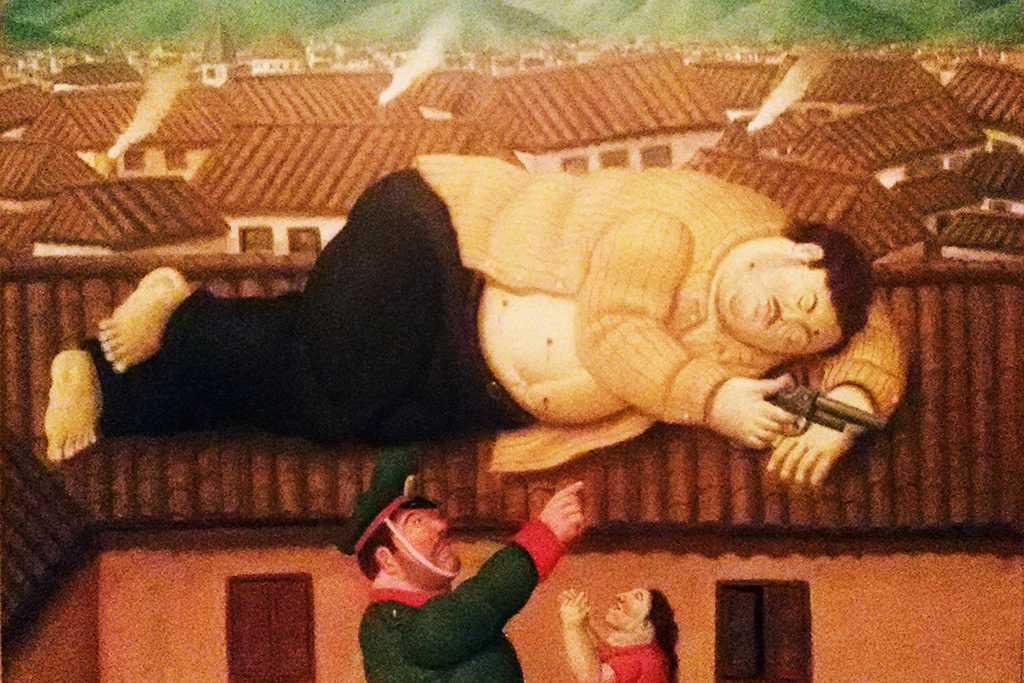
Both men are key figures in Colombia’s recent history – obviously in very different ways.
I don’t know whether it’s because people are still suffering from the stigma of the past or because they are simply super-friendly by nature. However, I was impressed again and again by how they try to help and support you instead of tricking and cheating, and taking advantage.
This, I experienced a lot in other countries where people are also very pleasant – cheating with a friendly smile.
Colombian people are grateful that you ‘dare’ to visit their country that has so much to offer. It’s very touching when an old lady in the streets of Cali greets you “Bienvenida en Colombia”. So if you wanna go, go. And go now, before flocks of travellers’ spoil the people’s warm and welcoming attitude.
Colombia’s Early Years
As you know, this part of the world had been inhabited by various indigenous peoples. Then, the Spanish conquistadores arrived in 1499. They conquered and colonized the region. They oppressed the native population and sucked out as many treasures as they were able to get their hands on,
In 1819, these people achieved independence from Spain and formed together with Panamá the Republic of New Granada. Only in 1886, Colombia was declared a republic – Panama then followed in 1903. Like most South American countries and Caribbean islands, today’s population reflects the mix of European, African, indigenous, and Arabic heritage; yes, Arabic: Shakira is Colombian of Lebanese descendants.
Since the 1960s, the country was troubled by terrible violent conflicts. There were left-wing guerillas fighting for more equality. Right-wing paramilitaries tried to hold a grip on some weaker and stronger governments. And as if this didn’t have enough potential to make people suffer, drug cartels ruled entire regions.
Things Are Slowly Improving
Beginning of the 21st century, things slowly cooled down. Today, Colombia is recovering and finally has the opportunity to prove to the world its greatest treasures: nature and people.
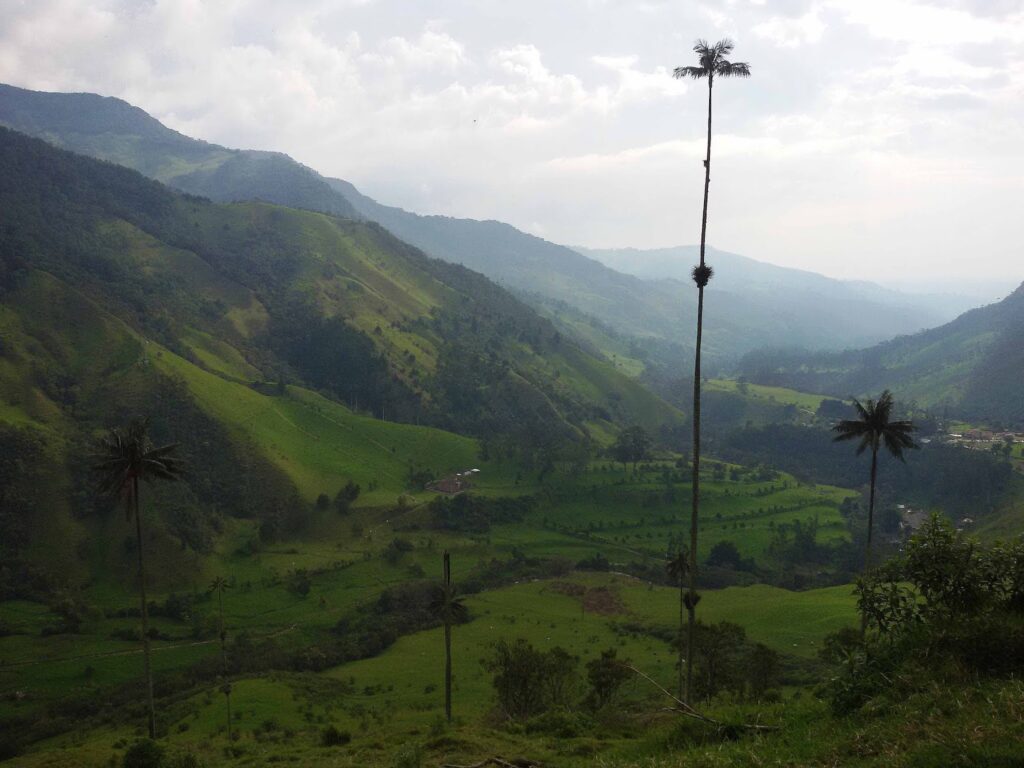
The country has a population of 49 million.
From the highlands of the Andes mountains to the coasts of the Caribbean as well as the Pacific Ocean. From lush rainforest to sugarcane and coffee growing – this country has so much natural wealth and beauty to offer.
Practical Information
Getting There and Around
Even relatively small towns such as Santa Marta have at least domestic airports. Flights are more frequent than buses in some US areas. When booking through their pages, Avianca and Latam have really good prices. However, you can always check flights on Expedia*.
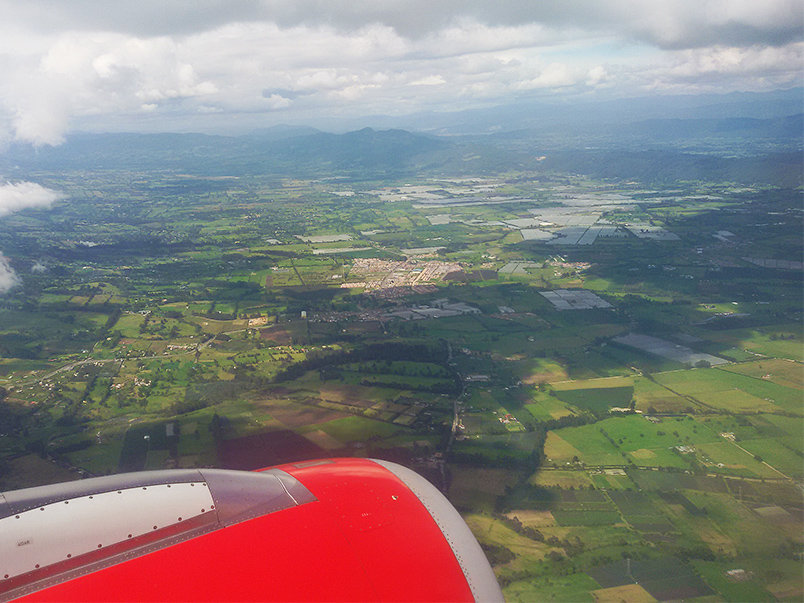
Travelling by bus in Colombia is easy and fast – whereby the latter is not necessarily a compliment.
If you don’t have a very strong nerve, try not to sit close to the driver. Look rather for a seat from where you cannot see what’s going on on the road.
Also, some say it is not recommendable to travel overnight.
I avoided it and if the trip was more than six hours, I rather booked a flight since I didn’t want to lose too much time.
Besides the national bus companies, there are also private door-to-door shuttle services such as Marsol. These are not much more expensive, however, much more comfortable. Already because they pick you up on time.
Unfortunately, Marsol is only catering to the departamentos Bolívar and Magdalena on the north coast.
Where to Sleep
Obviously, there are all kinds of accommodations to be found all over Colombia. If you are on a budget, you find friendly hostels. And if you can splurge, you can spend hundreds of dollars on high-end accommodation.
I chose middle-range, centrally located hotels, and was mostly very happy with my choices.
You’ll find them listed in the respective guides – see below.
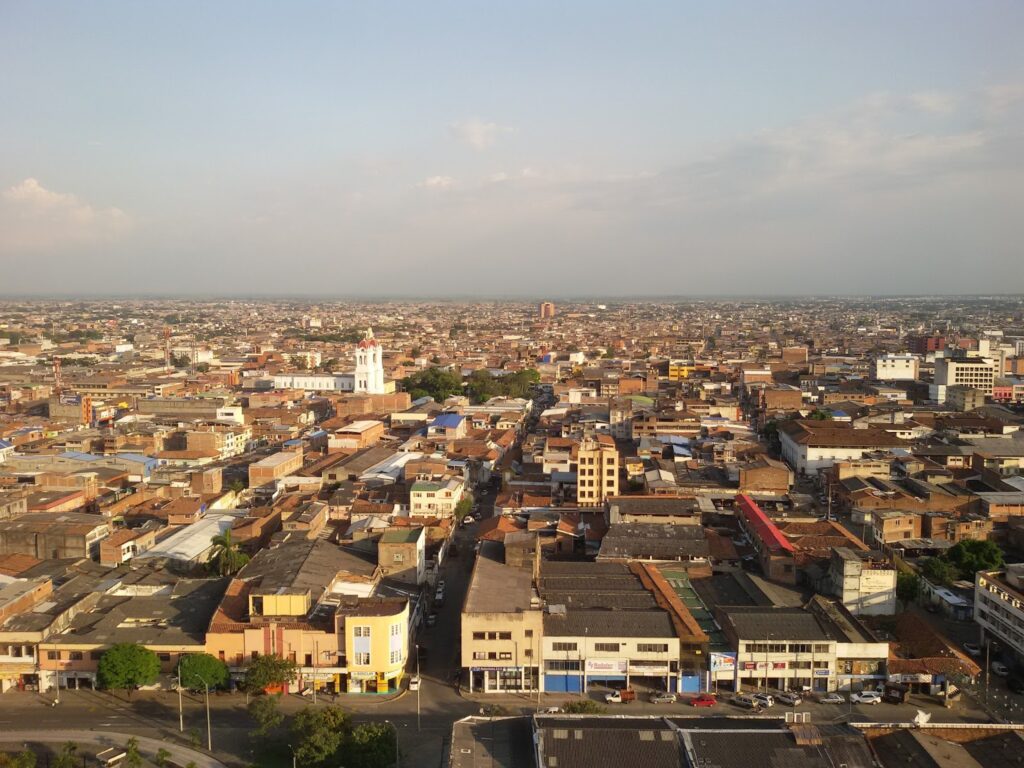
I personally like to know where I will lay my hat head as I get to an unknown city. Therefore, I always make a reservation in advance, and booking.com is, obviously, a great platform with lots of choices for every budget*:
Where to Eat
Like everywhere in Latin America, meat is king.
In this picture, you see the national dish Bandeja Paisa consisting of minced meat and some sort of steak. It’s garnished with blood sausage and some other sausage. Then, there is rice, baked beans, cheese, avocado, fried banana, and a fried egg. Phew! I was not able to finish it – and I rather tend to overeat.
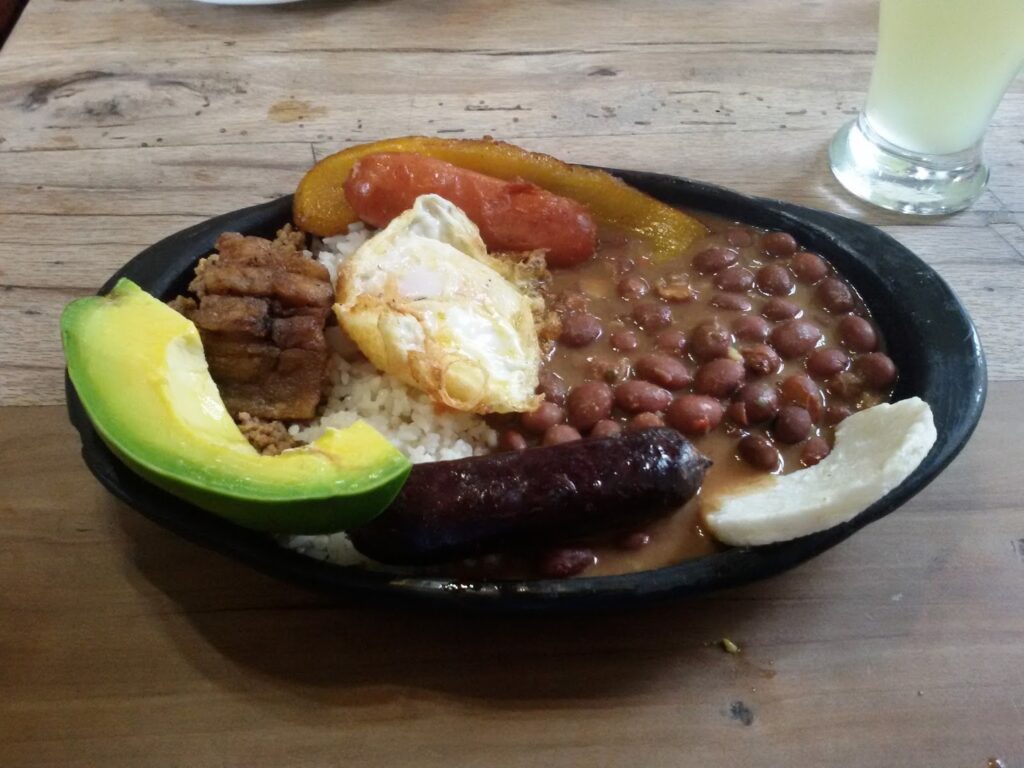
However, especially in the more touristy and trendy neighborhoods, there are many small, hip businesses that serve excellent vegetarian or even vegan whole food. I’m supplying you with the addresses in the guides to the individual destinations.
¡ Buon Provecho!
What to See
I’m an avid solo-travelling woman. Since solo travel doesn’t equal solitude, I love to join organized tours here and there. They allow me to meet fellow travellers – for just a short moment or a lifelong friendship.
Therefore, here are some great ideas of what to do during your stay in Colombia. Especially if you have only a short time to stay, they’ll enable you to make the best of it*:
You’ll find more ideas in the post on the individual places.
Money
For a while now, namely since 1810, Colombia’s currency has been the Colombian Peso. What might be confusing for the newbies is the official symbol which is $, sometimes COL$. So don’t let anybody fool you, this sign in Colombia is not the US$.
The exchange rate is 1 US$ = 3.94 COP current rate respectively 1 €UR = 4.62 COP current rate as of September 2025. Also, credit cards are widely accepted.
Language
Yes, obviously, Colombia is a South American country and was once conquered by the Spanish. Hence, to this date, Castellano is the main official language.
Even if you don’t have a great command of Spanish, you shouldn’t have trouble understanding Colombians. Apart from Mexicans, they have the most beautiful accent and their pronunciation is very pure. A treat for every learner.
However, if you want to learn some basic Spanish or just brush up your knowledge, there are various apps and online tools. I personally like to practice with babbel.
Communication
Like during most of my trips where European roaming is not available, I did not get a national SIM card. I rather use free WiFi. There was a connection to the internet in many places and, of course, at basically every hostel and hotel.
If you insist on being online 24/7, you can, of course, get a SIM card. There are many different companies such as Tigo Une, Movistar, and Claro. I’ve heard that Claro now offers plans that cover basically all of South America – wherever you may roam, so to speak. You can get cards at shops located adjacent to major supermarkets and at malls.
Plugs in Colombia are mostly type A and B as they use for instance in the USA.
The standard voltage is 110 V and the frequency is 60 Hz. Whereby, nowadays, all these chargers for phones and readers and computers have integrated adapters. In general, voltage and frequency don’t really matter.
Gone are the days when you blew your electric appliances since you forgot to switch them from 110 to 220…good times. You’ll find comprehensive travel info in my post World’s Most Complete Travel Information – an indispensable globetrotter classic.
The Route I Travelled
The Places I Visited
These are the guides to places I visited on my trip through Colombia.
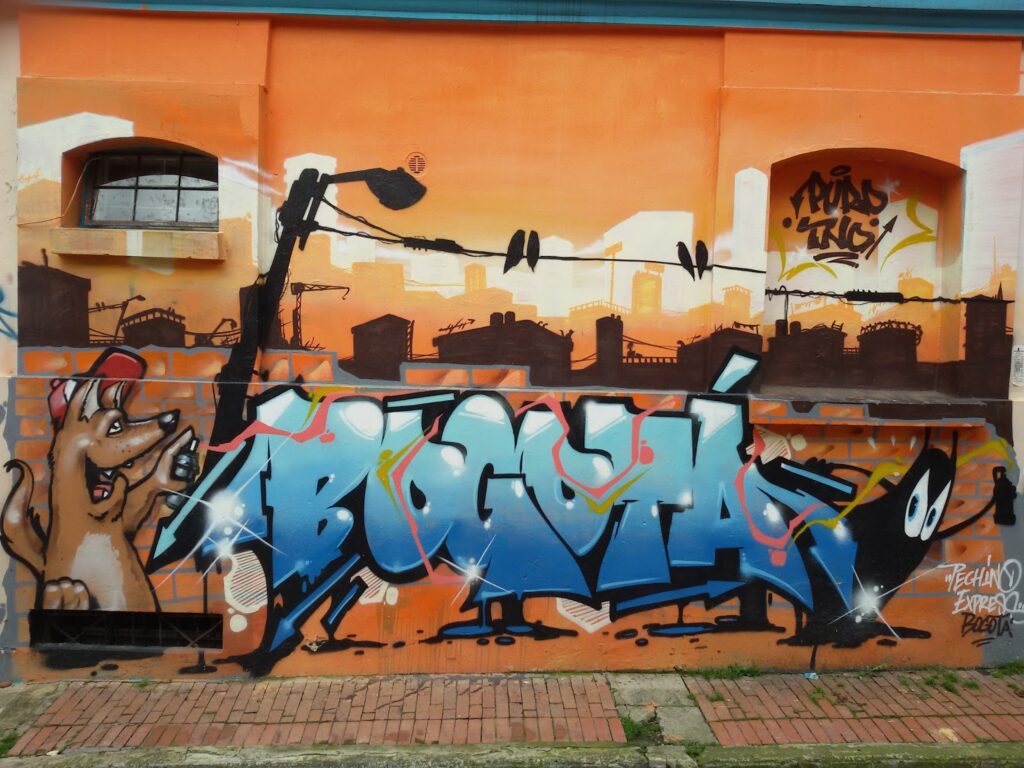
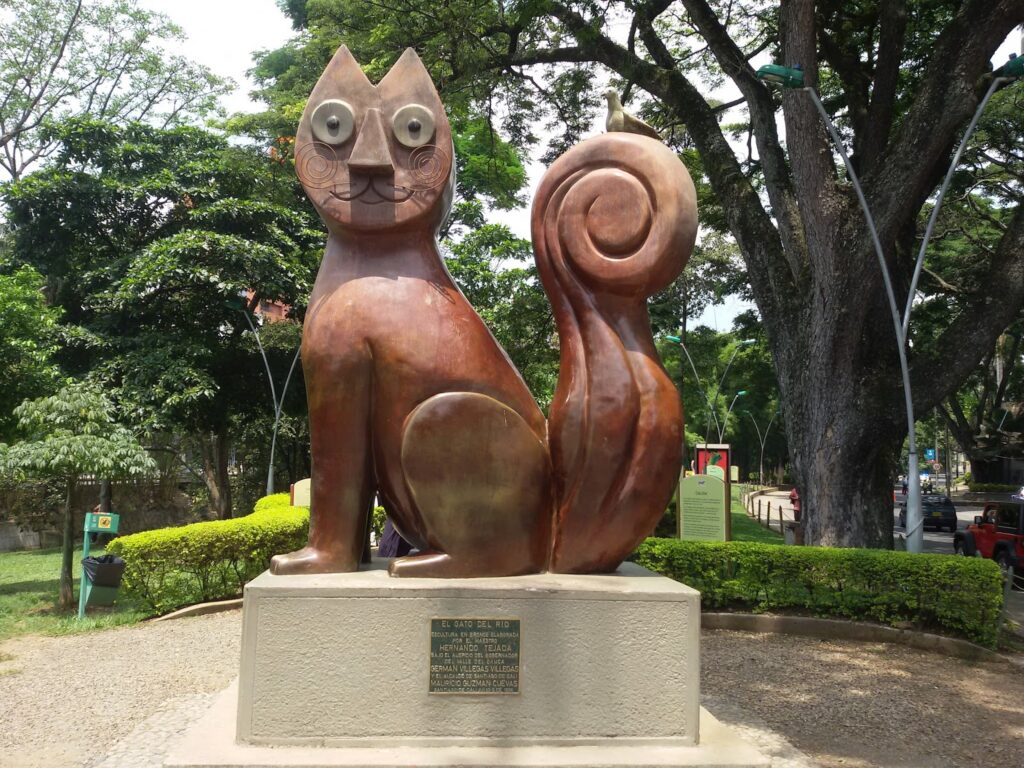
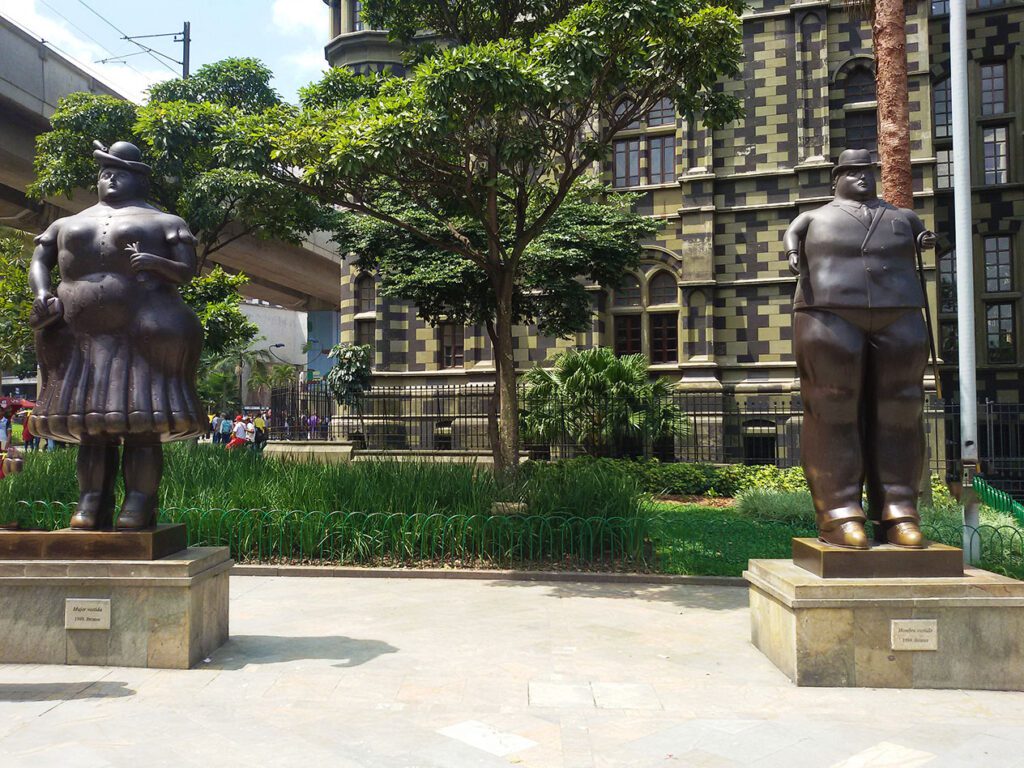
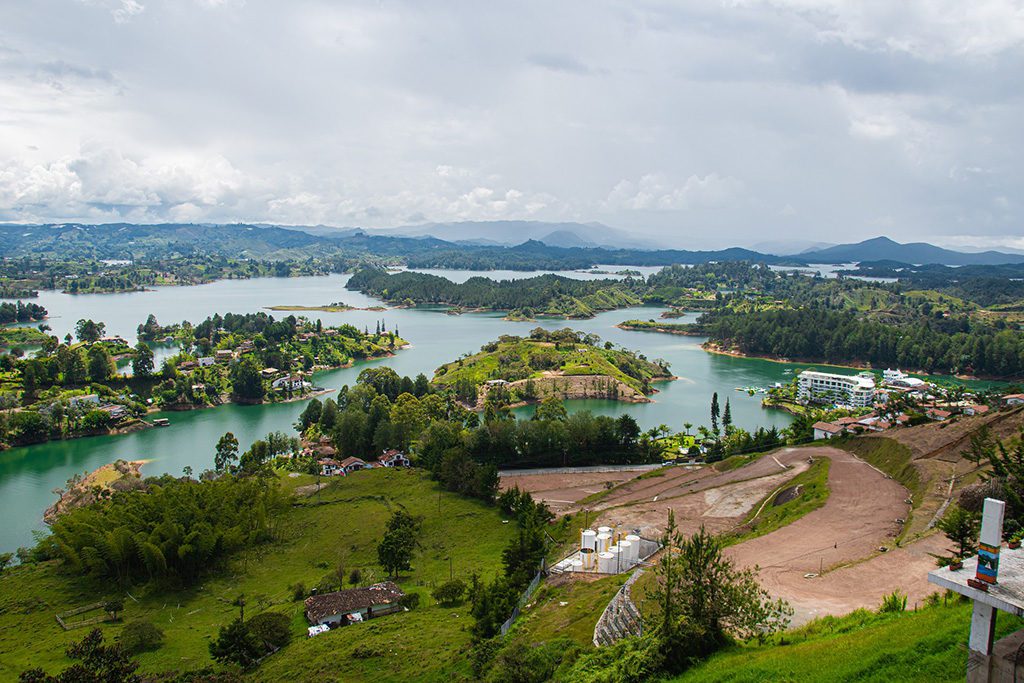
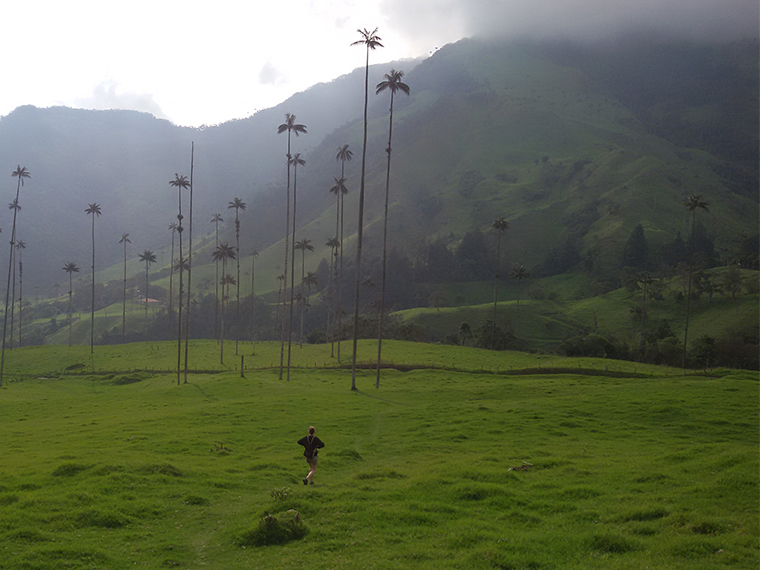
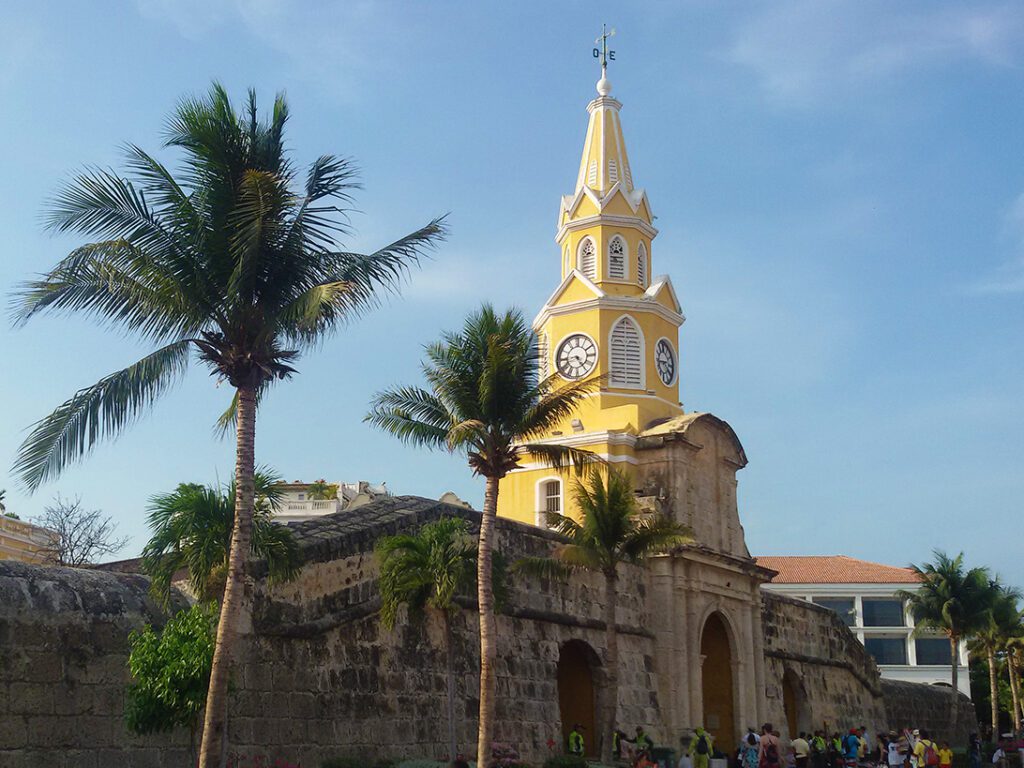
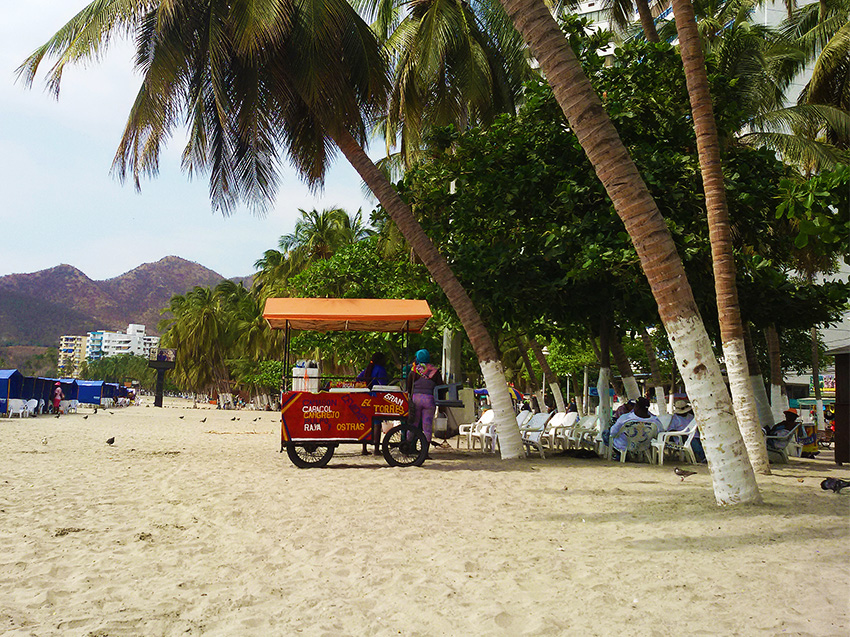
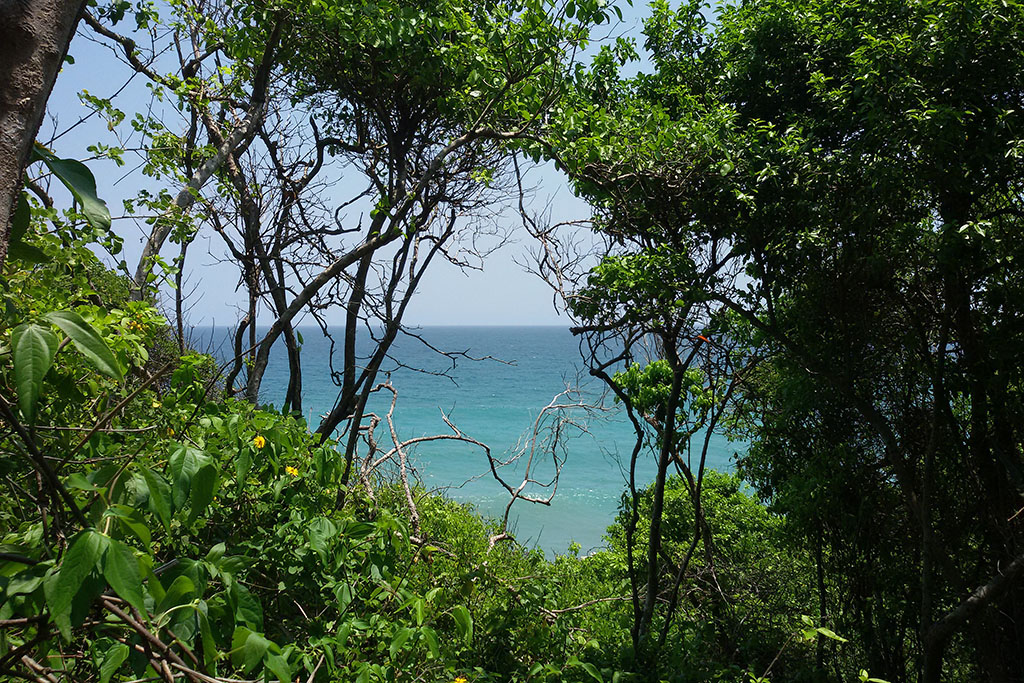
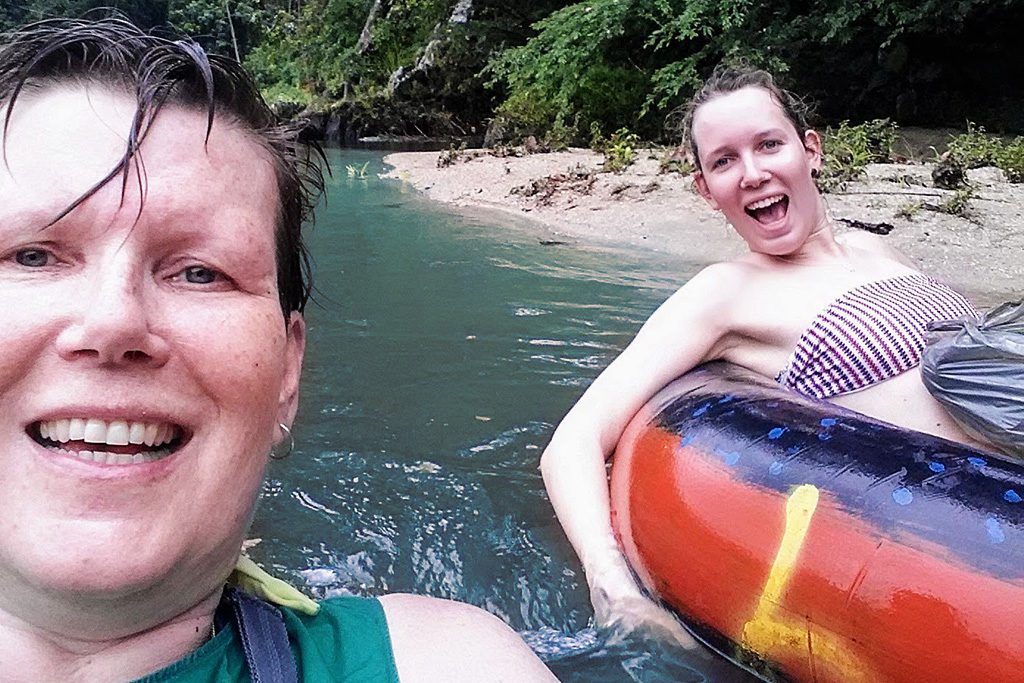
Note: This post is being regularly completed, edited, and updated – last in September 2025.
Pinnable Pictures
If you choose to pin this post for later, please use one of these pictures:
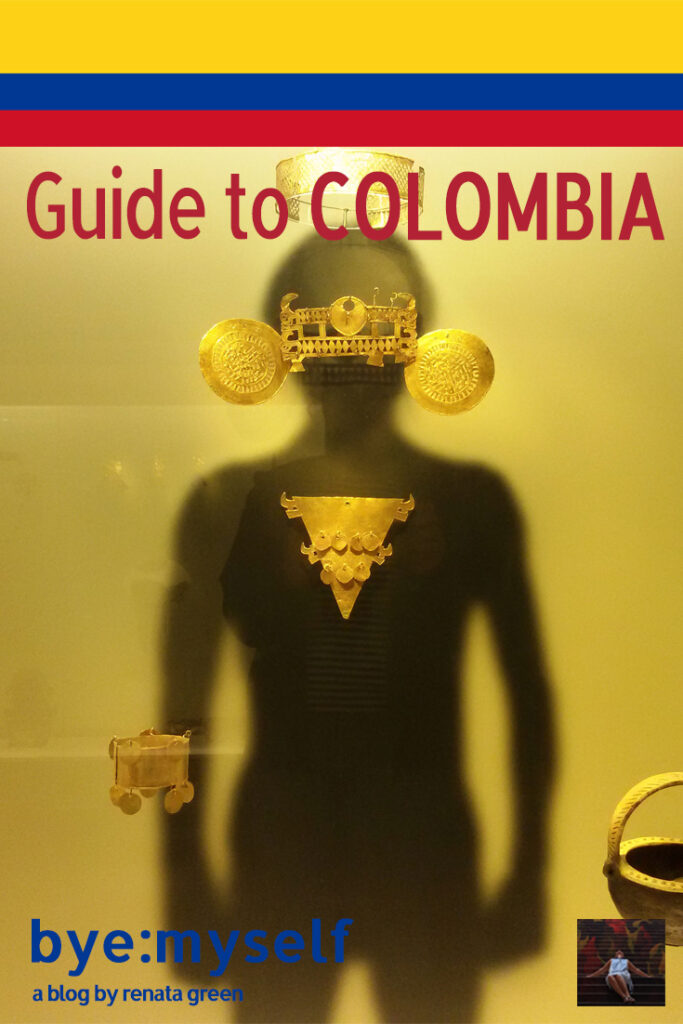
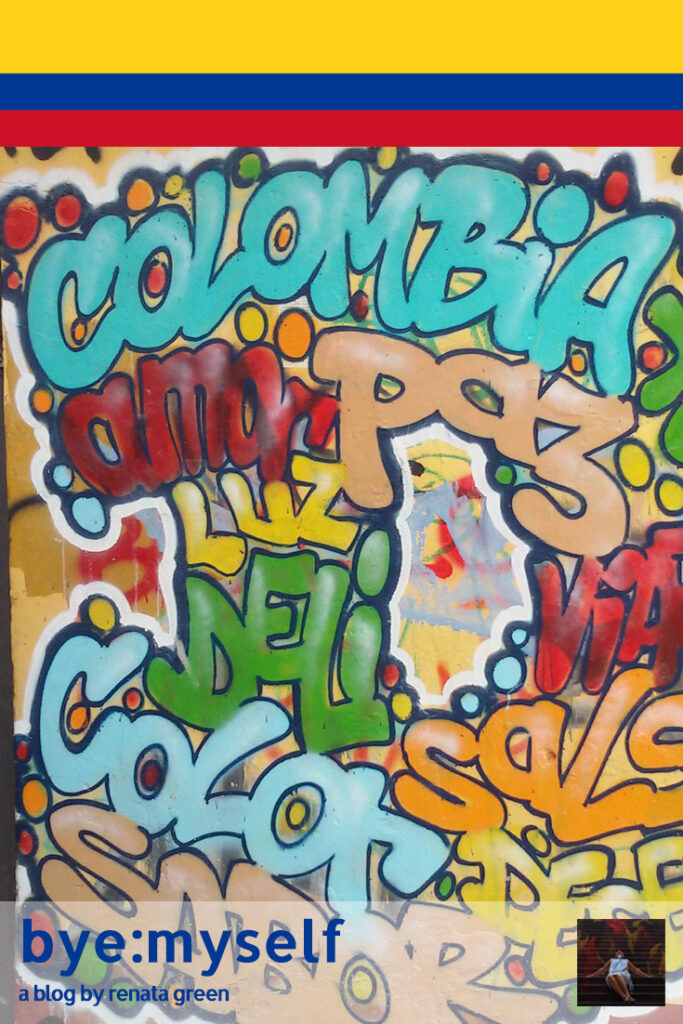
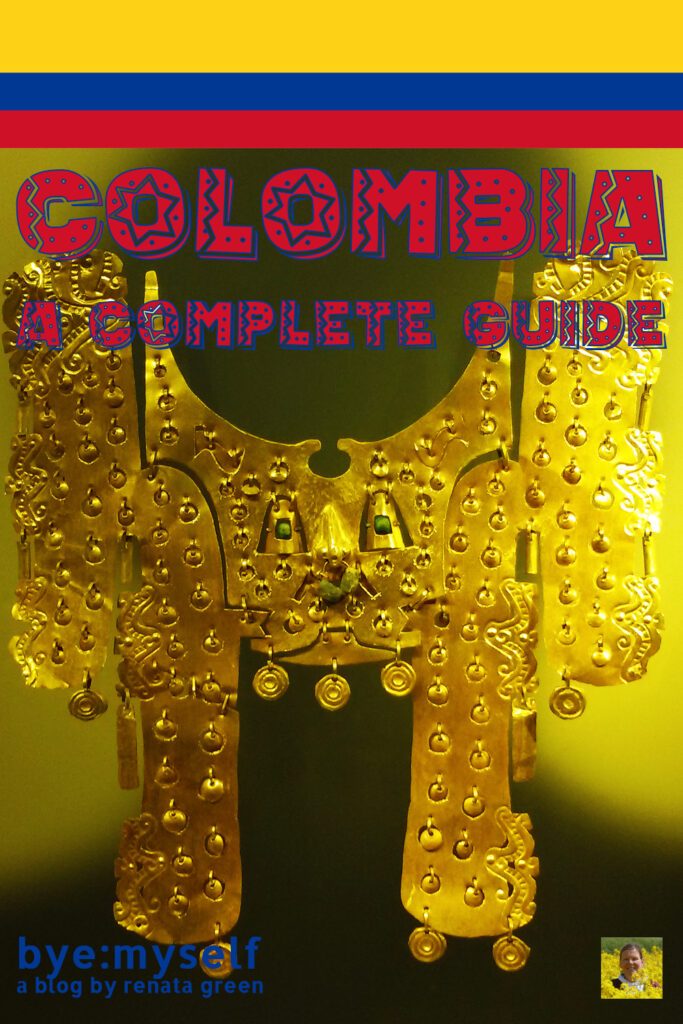
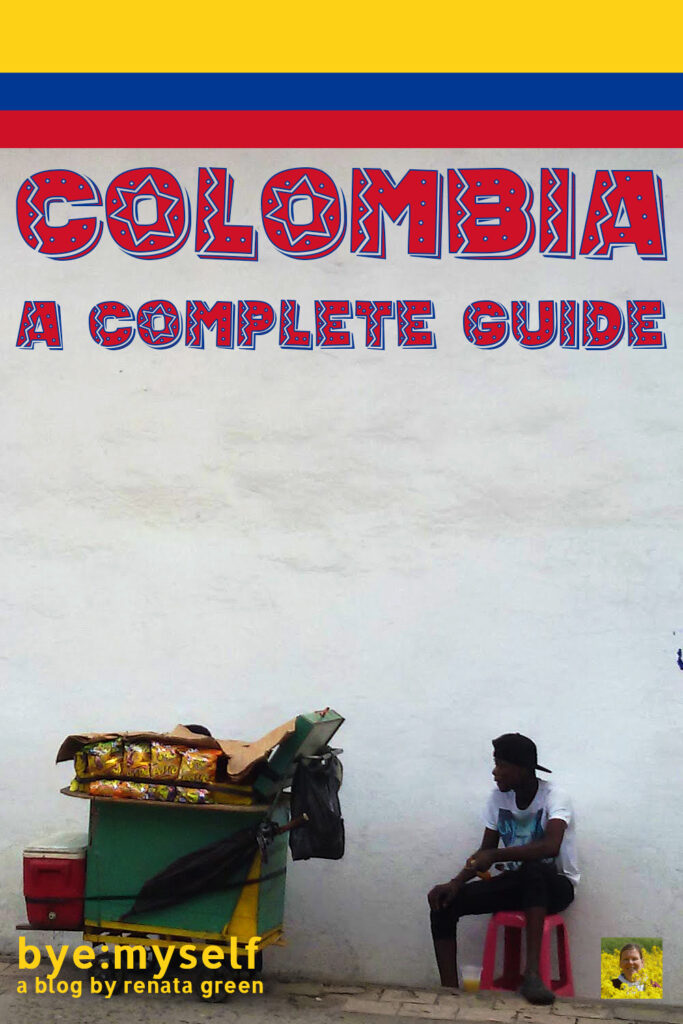
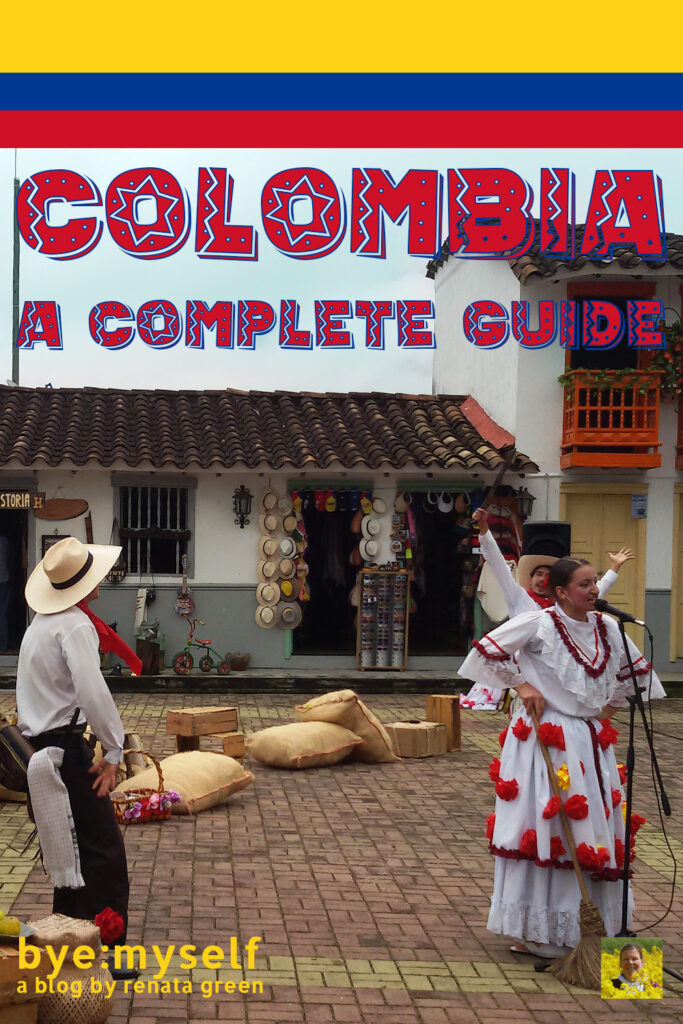
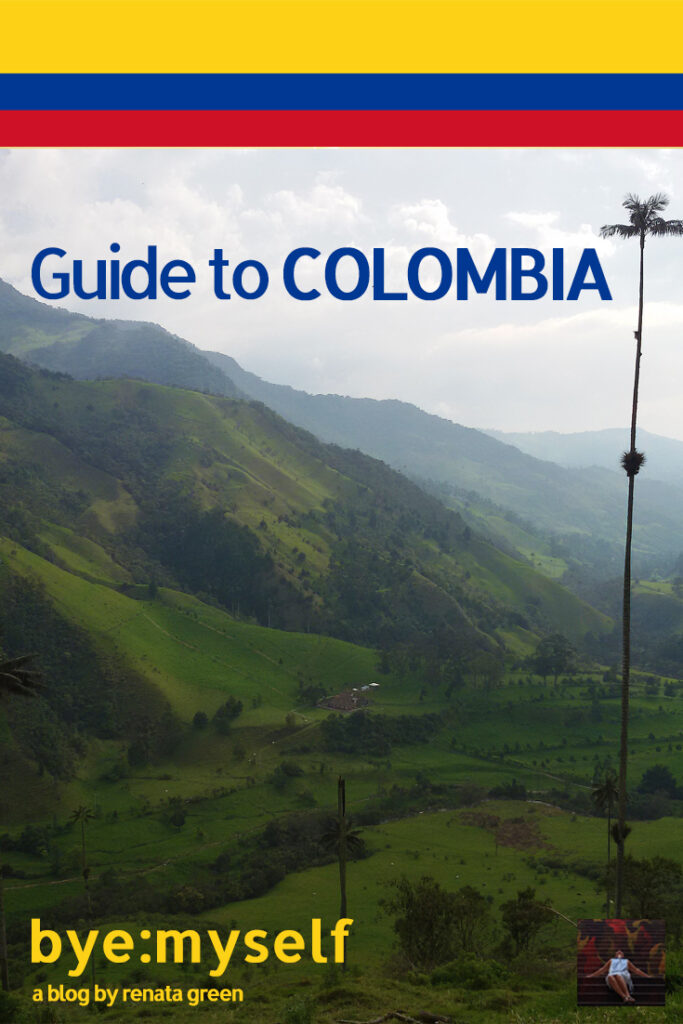
Did You Enjoy This Post? Then You Might Like Also These:
Guide to ICA and HUACACHINA
BUENOS AIRES – from the must-sees to the hidden gems
Trip to BELO HORIZONTE | BRUMADINHO | INHOTIM
Guide to CURITIBA – and a Day Trip to MORRETES
Guide to FOZ DO IGUAÇU – Where the Water Falls in Waterfalls
Pre-Travel Jitters: Danger Seems Closer from Afar
RIO DE JANEIRO – a refined guide to a rough city
Guide to PERU – Mountains, Coasts, Jungles
* This is an affiliate link. If you book through this page, not only do you get the best deal. I also get a small commission that helps me run this blog. Thank you so much for supporting me!
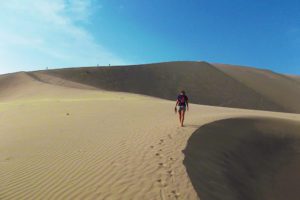
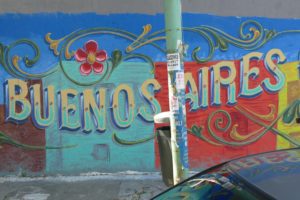
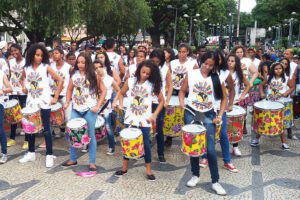
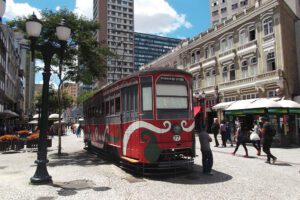
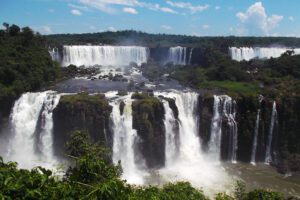
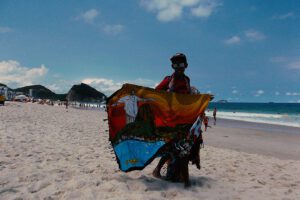
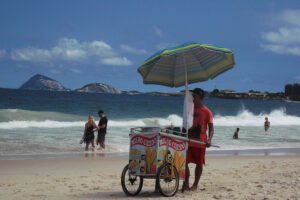
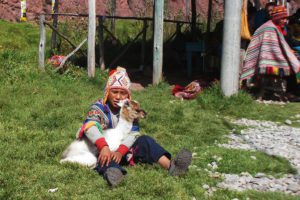
Hello there! I could have sworn I’ve been to this website
before but after reading through some of the
post I realized it’s new to me. Anyhow, I’m definitely happy I found it and I’ll be bookmarking and checking back
often!
I’m very glad to welcome you on my blog, Julianne 🙂
I’m very glad to welcome you to my blog, Julianne 🙂
I know people who toured Colombia and say it’s really not as scary and we may think, and this post is even more proof… I’m considering adding it to my bucket list
I am often confronted with the stereotypical view that Colombia is a dangerous country, but after reading your guide, I know otherwise. It’s essential to prepare for each trip to enjoy a beautiful adventure. Your guide is very detailed, and you give great tips on how to plan a trip to Colombia. I hope that someday I will use it and visit this beautiful country. Great to know that traveling by bus in Colombia is easy and fast.
Hhhhmmmmm…Colombia is one of those countries that has me guessing about what’s actually on ground. I would so much love to visit it. Thanks for the background!
That is an insightful guide. I remember no one would think of traveling to Colombia a few decades ago but now things are different. I hope to visit both Medlin and Cartagena whenever travel is back to normal. This guide will certainly help me plan my trip well.
I certainly still had a view of Columbia as a haven for drug barons and guerrillas before our first brief visit. Even though I had relatives who lived in Bogata for many years. It is good to see a first had report and to get another view that things are improving. You certainly did see a lot of this interesting country.
It is good that you have had a safe trip that was eventful with only the right things. This post was quite informative and I learned many things about the history.
WOW what a cool trip and a fab experience, Colombia looks amazing! Bandeja Paisa their national dish looks like it has something for everyone xx
Colombia is a place where I surely want to visit soon. I have always been sceptical as I am a solo traveller. But this post gives me hope and I will plan soon. Yes I do know that learning a bit of Spanish helps in these countries and I have taken classes too to learn a few words.
I never been to Colombia, and I am thankful that I read this blog. There is quite a few similarities between Colombia and the Philippines, so I guess it will be quite easy for me to travel around.
What a comprehensive guide.. I am really intrigued and i would love to visit Colombia someday.. I want to see some of its famous landmarks especially those near the Carribean coast
Wow! Columbia sounds amazing. I had never considered going there before, but I will be putting it on my bucket list!
I’ve heard about Colombia and I don’t think it’s safe to travel solo but you are great for doing that it. Glad you are safe though.
This sounds like an incredible adventure and absolutely somewhere I’d love to visit! The Bandeja Paisa looks delish too. Thank you for sharing your experience with us 🙂
Very brave of you to travel solo in Colombia. I have heard it can be a very dangerous place. But it seems like things are getting better. It does look like an amazing country, I would like to visit there someday.
We felt totally safe – whereby, we don’t tend to do stupid things 😉 – and had a wonderful time 🙂
Nice to hear things are improving. I’d love to visit Colombia and take in all the culture one day.
I would love to visit Columbia one day. My friend adopted from Columbia and had to live there for a month. She speaks highly of so many things.
Wow – that’s so interesting! Then you should definitely go 😉
I really didn’t know much about Colombia before reading this, so thank you for the information. I know a few people researched it when we had to research a Spanish-speaking country in high school Spanish class. My Spanish is very rusty, so I would definitely need to brush up on it before heading there.
There are far too many prejudices due to their dark past. It’s so nice and people very warm and friendly.
I’m glad they have free wifi in many places. This is really convinient. It makes the travelling easy
Definitely – how did we travel before the internet? 😉
It’s great to know more about Colombia’s early years. So many great things about this country
Glad to hear the country has changed a lot since I went there in my teens. It is a beautiful country with so much to offer.
I know a few Spanish words so It won’t probably be that hard to communicate. Would love to visit here with my wife in the future.
Now this reminds me of a Netflix series. I’d know this place is beautiful. I’ve always wanted to visit here
Excellent post. Lots of useful information here. I am sending it to some
friends as additional inspiration.
And of course, thank you for your sweat!
Oh, you’re very welcome – at least I didn’t have to invest blood and tears 😉
I had plans last year to visit Colombia but unfortunately, that never happened for obvious reasons. I wanted to spend a month or 2 there & take some time to develop my Spanish skills more, as well as explore the country. When I was in Ecuador particularly, it seemed that everyone I met was extolling the virtues of Colombia. I think you are right to encourage us to go now. I have a feeling its days off the main tourist map are numbered. Hopefully, I will make it soon as after reading this it has just edged even higher up my list!
I’m happy to
hearread that. I’m sure you’ll love it. Also, apart from Mexico, I love Colombian Spanish best 😉Like!! I blog quite often and I genuinely thank you for your information. The article has truly peaked my interest.
Your vacation is very complete when in Colombia, I like reading your experiences. Thank you for sharing your experiences and knowledge about holidays.
Such an amazing blog post….very informative also…. I gain a lot of information from this..thanks for sharing it..
It looks like it was an amazing journey out there. I have a coworker from there and she tells me about how beautiful it is. Someday I will have to visit.
I know 1 person who has visited, and 1 who was born and raised there. One person loves it (the visitor) and the other doesn't… they have very different perspectives.
Very interesting. The stigma does seem quite deep rooted, it's good to hear a different voice. I'd like to visit one day…
It's good to hear a different perspective/opinion of Columbia… I have heard it being dangerous, so it's nice to get more info on the country to really get an overall view. Lovely pix, it would be awesome to visit all the beautiful places in the world… if only I were rich…lol
I have heard a lot about Colombia, especially Medelin and Cali. I would like to visit one day. Great post.
I would love to travel to Columbia someday. Your photos are so lovely, especially the one showing the beautiful landscape. My Spanish is quite rusty but I know I can get by. Thanks for sharing your travel experience in this beautiful country!
Reading your post filled me with wanderlust for Columbia! I haven't traveled to any country in South America and I dream of doing so someday! I would love to experience a cup of authentic Columbian coffee right at its source!
I very much enjoyed reading about Columbia. I remember learning about Columbia in my history classes and the dark past that it had. It is good to see that the country seems to be doing better and that it is becoming a place that people want to visit. I have always been interested in visiting that part of the world, hopefully I will get to soon.
You hit some great spots in Colombia. I especially like the intro about visiting now before the charm is spoiled. You're spot on. Where was your favorite Colombian destination?
Eric
Oh wow! Really? I hosted a couple of Argentinians and they also said that Colombians are so polite – almost formal-polite. I confess that I still feel a little nervous about visiting Colombia, and I think my mom would have a heart attack if I did!
This is so funny! I almost had a heart attack when my daughter told me she was going to Colombia. But then she went and had a great time and I realized that I haven't heard anything bad forever – so I went, too. Maybe that would make things better: Take your mom with you! Anyway, happy travels, Nuraini!
You know, you're completely right, the stigma of Colombia's past really has stuck to many around the world and it's not until you go and see it for yourself that you see just how much this country has tried to shed it's old skin and re-invent itself. I spent 3 months in Colombia in 2016 and I love this country so much.
Colombia – like every other Latin American country – is certainly not Switzerland: There are social and economic problems and you have to look after your stuff – and yourself. But as long as you behave carefully, don't hang out at certain times in certain places, do not get involved in drug matters you probably have nothing to be afraid of. Since Colombian people are happy that they slowly get rid of the stigma, they are extremely friendly and helpful.
Happy travels – to Latin America or elsewhere – Renata
I've not thought of going to Colombia indeed because of those old stigma. But yes I've read and hear more and more good things about Colombia in recent years. Would love to see the country and Latin America in general in the future!
Thank you, Kate, thank you, Lydia, your comments encourage me to not limit myself to write only on a country's happy go lucky touristy aspects and where to get the best deal for accommodations and food.
As a matter of fact the media were right about Colombia about 30 years ago – it was a very tough time, even Colombians remember it with a shiver. The problem is that nobody writes an article "Big news: nothing bad happened in Colombia", so the old image never gets corrected and sticks in our heads for a long time.
This fact should be a warning to take the blooming phenomenon of fake and 'alternative' news lightly. Once it's out there, it's difficult to correct it.
Have a great weekend, ladies!
Renata
You couldn't have written this better. I was speaking to a friend about Colombia while reading your post, and viola, she thinks traveling to Colombia is a bad idea. We need substances like this to educate the world.
I agree that there is a bias. The media I think can really skew an opinion. You just have to remember that people are just out living their lives like the rest of us. Great post!
I'm glad to hear that the people are so great and that it's safe to travel there. One of my biggest dreams is to visit Medellin soon. I would even consider living there for a while. I have heard such great things so hopefully I will visit and get to travel around like you as well!
Yes, but to be honest, particularly the center of Medellin had a sketchy vibe to it. We stayed close to San Joaquin and that was much cooler. However, I hope your dream soon comes true. Happy travels to you! Renata
Thank you so much for your comment, it would actually make me very happy if I could ease a little the stigma Colombians are still suffering from.
Its true. We shape our opinions based on what we learn and hear from others. People do carry a certain impression about Columbia, but articles like yours can change what people feel. Bogota is a fascinating place, from whatever I have read about it.
Yes, that's right, but like I explained at the beginning – because of the dreadful past I also had this image in my head. Then I reconsidered: when was actually the last time that I've heard something really bad about Colombia?! It's bad that stigmas stay for so long. Happy travels to you!
In Europe, people often think Columbia as a dangerous country but as you mention, the people is super friendly. At the moment I will travel to SEA but South America is on my bucket list. Columbia is one of the countries. Thanks for the post.
Thanks for your comments, everybody! Yes, it was easy and pleasant to travel Colombia and people tried to make us feel very comfortable and safe.
If you have any questions – you know where to find me (at least online…).
Happy travels to you guys,
Renata
Thanks for sharing about Colombia. I am gradually getting a greater appreciation for it the more I research and read. Your description of the people and the prevailing attitudes encourages me to come and see it for myself.
My dad has spent some time in Colombia and I've been wanting to go! Your guides look so helpful!
I've yet to go Colombia but I'd love to! I've heard such great things and your diary confirms a lot of them